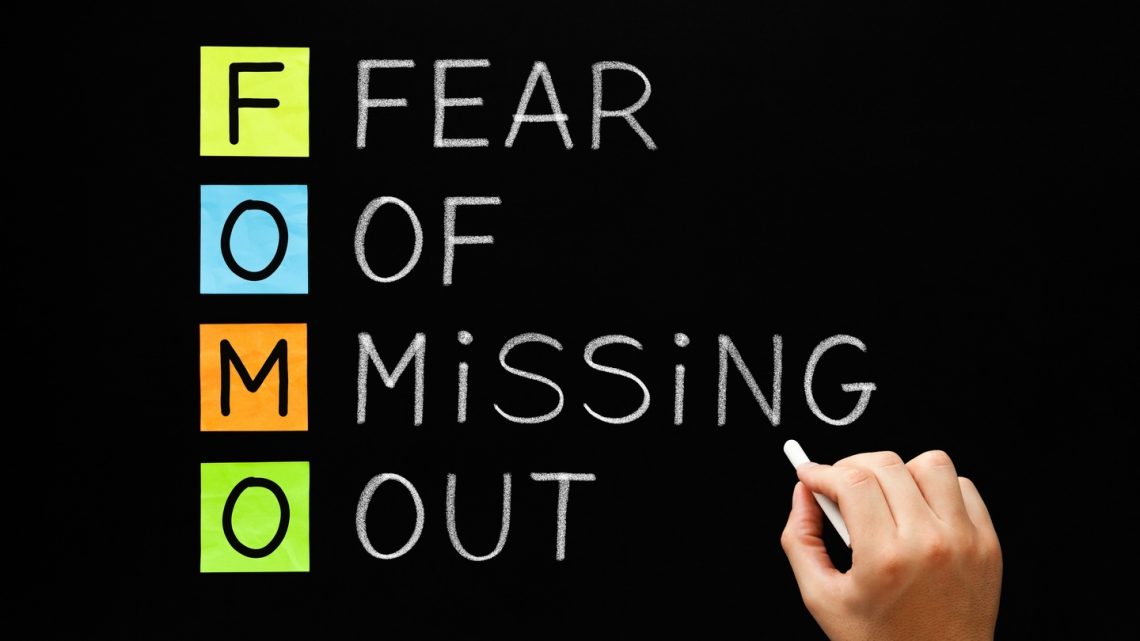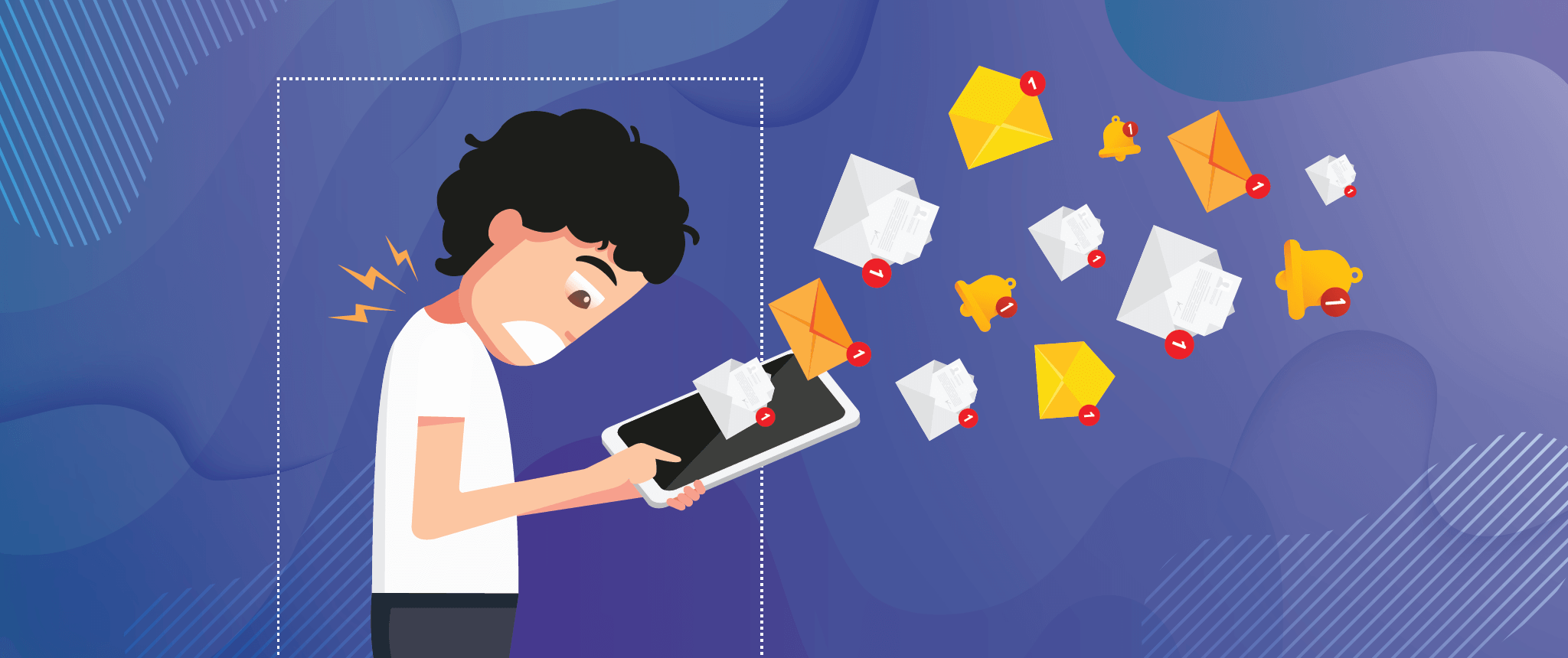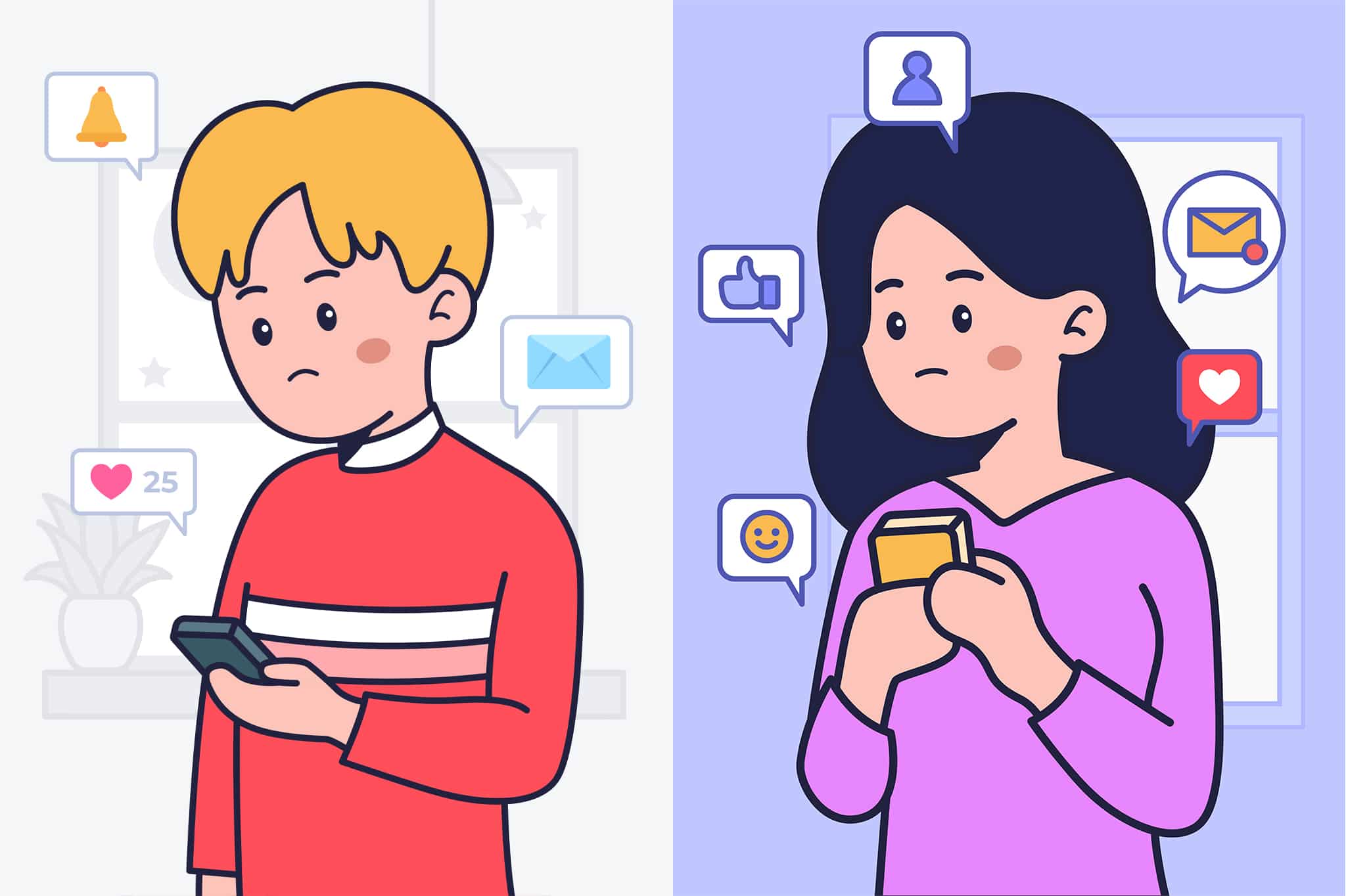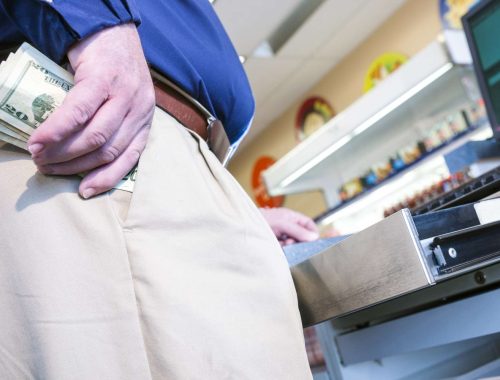
Understanding How Marketers Use FOMO to Manipulate You
FOMO, or the “fear of missing out” only came into the popular lexicon in recent years, but it’s always been a part of our culture. You could feel like you’ve been ostracized if you can’t go to an event with friends, and know you’ll see them posting about the fun they’re having without you on social media later. Or you might feel anxious if you missed a festival over the weekend that looked fun. This is FOMO.
What you may not recognize is that FOMO doesn’t only apply to your personal life: Advertisers have been exploiting your fears of missing out to sell you their products for decades. If you buy X right now, you’ll be so much happier. If you don’t buy X right now, you’ll never find happiness. It’s a basic principle used in marketing to make you think you need something, made even more potent when paired with aspirational photos and influencers on social media. But there are ways to combat this FOMO and keep advertisers out of your life and wallet.

How social media has made FOMO worse
FOMO arises when feelings of social isolation or rejection contribute to feelings of anxiety and depression. While advertisements carry the same messages as they always have, the frequency with which we see them has drastically increased over the last decade, thanks to our smartphones and social media.
Instagram, for instance, is a FOMO engine. It shows you that other people are leading incredible lives and doing incredible things that you aren’t doing. This can be difficult enough to deal with when you’re looking at pictures of people you know. But social media FOMO gives advertisers the ability to convince you to buy things on a new level. When you scroll on Instagram, you see an advertisement after every four posts from people you follow. That means mixed in with pictures of your cousin’s tropical vacation and your friend’s cute new dog are ads made to look like picture-perfect Instagram posts and catch your eye.
To make matters worse, it seems like almost any product you Google or app you download will show up as an ad on Instagram or its parent company, Facebook, later. This gives companies with sales goals in mind unfettered access to users across multiple social media platforms that are often connected.
How advertisers use FOMO to get you to buy things
Most ads rely on cultivating a sense of urgency and an atmosphere of exclusivity to draw in customers. You might see an ad with a discount paired with a ticking clock – you only have 24 hours to take advantage of this deal! Clicking that flashing discount might ask you to sign up for a membership and an email list to get even more ads delivered to your screen each day.
Mix these factors in with the promise of only a “limited number of products” and it’s a powerful combination. The more scarce a product is, the more valuable it becomes to people. Scarcity in and of itself is a source of value because it means you have something that other people can’t have. Missing out – or the fear of missing out – plays on scarcity. The idea of not experiencing or having the thing that other people want makes that thing more valuable, and marketers know this. They artificially play on the possibility that you may miss out, which makes the thing they’re referring to more valuable.
In addition, companies often blend FOMO with influencer marketing, a growing space that is expected to reach $10 billion by end of 2022. Part of the power of social media advertising is that, like our friends, influencers and brands use these platforms to show us only the best parts – best hair days, best makeup, the product worked right, the house is clean, the sun is shining – and if you use this product too, you’ll have those things too!

How to avoid FOMO
Understanding that FOMO is used as a marketing tactic is part of the battle in getting past it. If you know the tricks marketers use, you can take a moment to think before you make an impulsive, FOMO-based purchase. If urgency and scarcity are removed from the hypothetical marketing equation, FOMO loses a lot of power.
Sometimes just taking a social media break can help ease FOMO. Doing your own research can also spare you anxiety and cash. See if the product you’re looking at is available anywhere else, and compare prices and look up reviews from people who aren’t selling the product. You might find that there’s actually not a time limit on the sale, there’s better price somewhere else or you like a different company’s product better.
When you’re buying something on a website, don’t let the company guilt you into signing up for anything you don’t want or need. You’ve probably seen this before: You’re on a website and a discount offer pops up, if you sign up for a membership. To encourage you to click “Yes,” the “No” option might read something like “No, I don’t want to save a ton of money.”
Other times, the site requires your email address, even if you know that you’re only going to be using it this one time. Don’t fret – an unsubscribe option is usually in minuscule print at the bottom of the email. It’s also OK to make an email address that’s just for signing up for things on websites. That way, your main inbox isn’t filled with advertising nonsense (and it’s safe in case one of those sites gets hacked).

Understanding Gender Fluidity
You May Also Like

Understanding Impulse Control: Why Some People Struggle
2023-10-04
Running On Fumes: How To Deal With Burnout
2022-12-14
